Watershed Trends and Threats
Trout fishing is an important recreational and economic driver in the Lake James watershed and Lake James is one of the most beautiful lakes in Western North Carolina. McDowell County and Burke County are promoting tourism and recreation (fishing, boating, swimming, camping, and hiking) around the Lake and its tributaries, and usage has been increasing over the years.
What are some of the issues that must be monitored and addressed to ensure that future generations of North Carolinians can enjoy Lake James and the many rivers and streams that feed into it?
- With the economy rebounding over the past decade, development in the Lake James watershed has also increased (See the section on Land Cover in this report). Increased development always represents a risk of water quality degradation and of additional stress to aquatic and terrestrial species. Both education and regulation are important to encouraging sustainable development that protects the environment and the economy.
- Agricultural pollution from the mountain and foothill nurseries can reduce the quality of the watershed tributaries and lakes. Sediment, fertilizers, and pesticides can easily run off if not properly controlled. In the streams, pollutants directly harm aquatic insects, disrupting the habitat and food chain for fish and for the terrestrial animals that depend upon them. In Lake James, excess nutrients can lead to harmful algal blooms, severe declines in the oxygen available to aquatic species, and the potential for harm to people and their pets.
- Livestock farms can pollute and disrupt the tributaries if not developed and managed properly. It is possible that the coming years will see the development of Concentrated Animal Feed Operations (CAFOs). Without investment in proper waste treatment facilities and good management, CAFOs can be a major source of water and air pollution.
- Industrial and Municipal storm sewers often direct litter and pollution to streams and rivers. Industrial spillage or waste can add pollution that disrupt our watershed’s ecosystems. Again, citizen education, investment in municipal stormwater management, and appropriate regulation of industrial sites are proven ways to manage this risk.
- Atmospheric deposition of pollutants is a concern in all North Carolina fresh water. Sulfur dioxide and other pollutants have increased the acidity of precipitation and of our receiving land and water. Mercury, primarily from coal-burning power plants to the west of our State, is deposited daily on our land and in our water. Essentially every North Carolina fresh water body is impaired due to mercury deposition. See State Advisory Warning here.
- Invasive fish, crayfish, and mussels species can kill large numbers of native species. They may prey upon them, compete with them for food and space, interbreed with them, or introduce harmful pathogens and parasites. Potential invasive species of concern in the watershed include:
- Asian carp consume up to 40 percent of their bodyweight in food resources each day, effectively stripping away food resources for native fish and wildlife. Common carp degrade water quality by increasing nutrient concentrations and making water more turbid.
- Blueback Herring, River Herring, and White Perch are non-native fish which eat the eggs of native fish, especially bass, destroying future generations. Unfortunately, these species are already present in Lake James and there are no known, safe and economical means of eradicating them. These species are believed to have contributed significantly to the severe decline of Walleye population in Lake James and may even be linked to fish kills from hypoxia (lack of oxygen) that have occured in recent years.
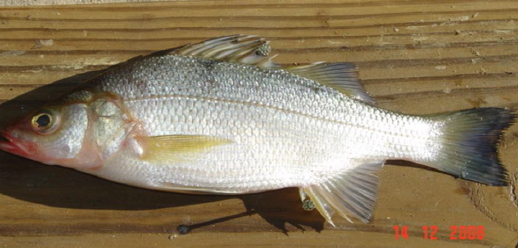
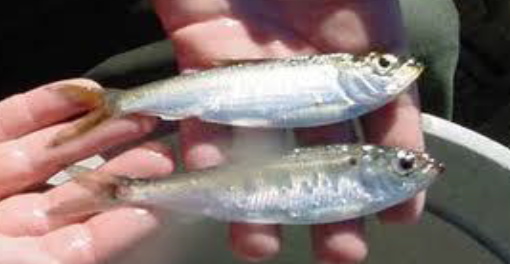
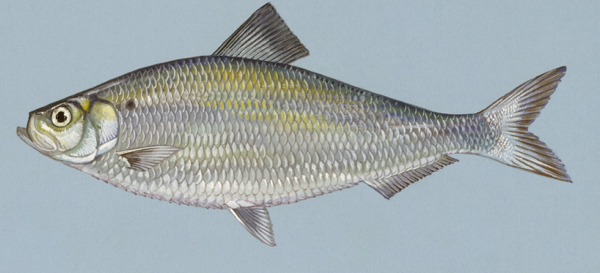
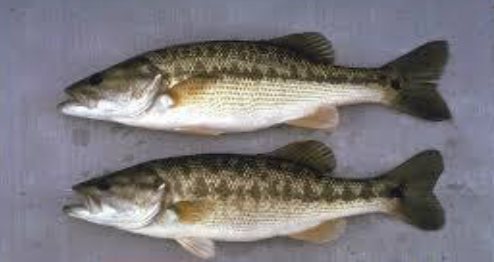
- Invasive fish also impact native fish reproduction through the following mechanisms: out-competing desirable species, ovivory (eating the eggs of native species), and thiaminase inhibition resulting in inadequate egg production.
- Invasive Rusty Crayfish, Virile Crayfish, and Red Swamp Crayfish have been found in Lake James and its tributaries.
- Invasive mussels can filter important plankton out of the water, which are a necessary part of the food chain that supports other native species.
- Reduced Lake Habitats – Lake James is 100 years old and many of the original habitats such as trees, bottom surface rocks, and gravel patches have either rotted away or been covered by sedimentation over the years. The more varied “landscape” under the younger Lake James provided a range of habitat that better supported many of the aquatic species in the lake. As will be described later, one of the methods of addressing this issue is through the introduction of artificial structures.
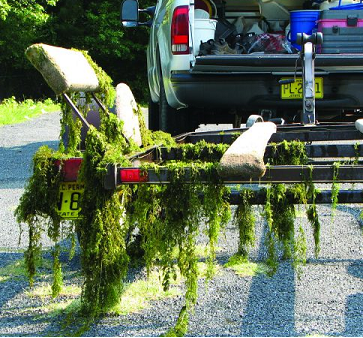
- Aquatic invasive species can upset the balance of an ecosystem in a number of ways. Perhaps the most significant impact is the widespread loss of habitat and threatening recreation.
- Invasive aquatic plants, such as hydrilla or Eurasian water milfoil, form dense mats that block sunlight and starve aquatic life of oxygen. These mats often crowd out native vegetation which provide food, shelter, and nesting areas for fish and other wildlife.
- Aquatic Invasive Species threaten recreation – Many of our recreational activities depend on healthy native ecosystems. Aquatic invasive species may negatively impact the quality of our outdoor recreation experiences, reduce access to these areas, and threaten human health and safety.
- Replanting on the shoreline to reduce erosion is a challenge with the lake level changing constantly.
The invasive aquatic plant Yellow Floating Heart was found in Lake James in 2018. Despite efforts of the Lake James Area Wildlife Society and Lake James Environmental Association to remove the plant, it has persisted and could expand its grip on the lake in the 2019 growing season. The NC Department of Environmental Quality, in cooperation with Duke Energy and local landowners, plans to apply an aquatic herbicide to control the infestation in 2019. Everyone enjoying Lake James is asked to report any suspected occurence of this plant (see flyer here).